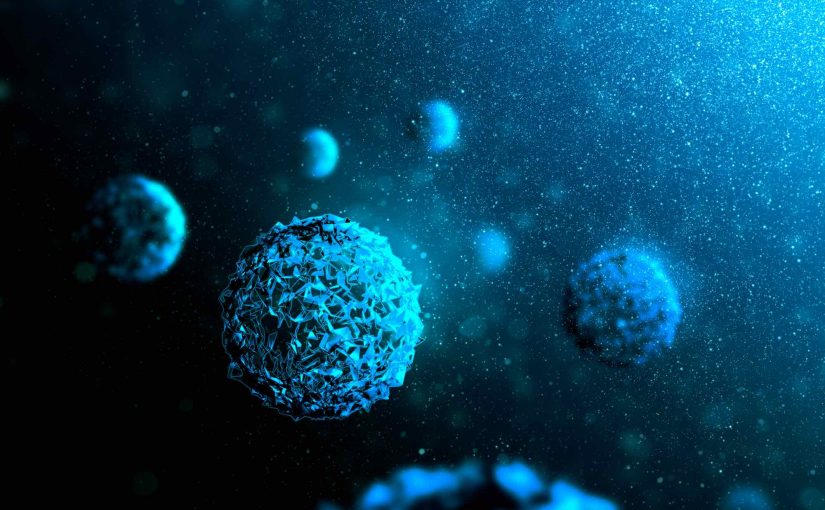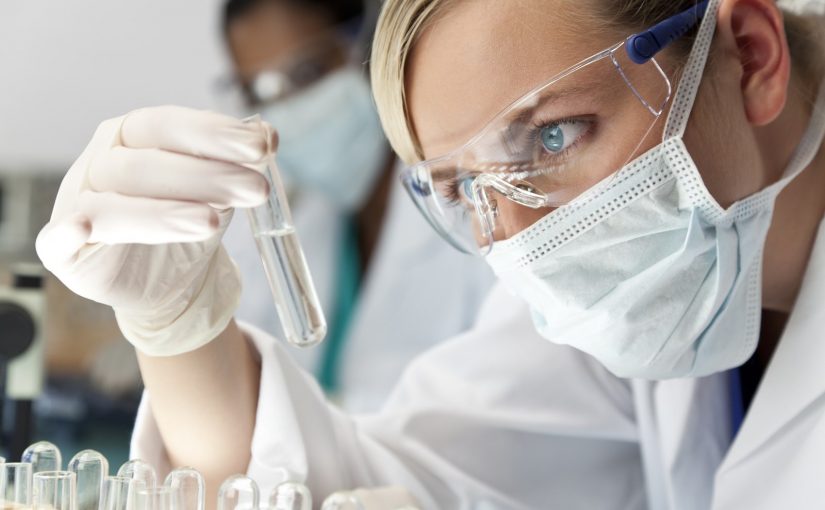Water is a vital source of life to many organisms, some good, some bad. The water that we drink can harbour harmful microorganisms like microbial cysts, which can cause us to become ill. Find out a bit more about cysts and how to filter them out of your drinking water.
What are microbial cysts?
Microbial cysts are parasites, bacteria or viruses that exist in a specific, almost egg-like, state. The most common ones that are of concern when it comes to drinking water is Cryptosporidum and Giardia lamblia. These microbes can enter into our water supply from run off of contaminated organic material like animal feces.
The major problem is that these two waterborne parasites are highly resistant to the chlorine typically used by public water treatment facilities to treat our drinking water.
Public water treatment uses chlorine to disinfect our drinking water. However, chlorine has proven to be ineffective to removing certain cysts like Cryptosporidum and Giardia lamblia as these particular organisms have developed a hard outer layer that allows them to survive in tough conditions.
Effects of Cysts in our Water
If you drink water that contains cysts, your stomach acids break down their hard shell and they release their protozoa into your gastrointestinal track. There, they have the ability to reproduce, sometimes to the millions.
Consumption of water contaminated with these microbes can cause gastrointestinal complications, such as stomach cramps, diarrhea, vomiting, nausea, dehydration, fever and weight loss. For people with wearker immune systems, such as children or the elderly, these infections could lead to larger issues.
How to filter Cysts out of Water?
WaterChef filters are proven to be effective in removing cysts such as Cryptosporidum and Giardia lamblia from our drinking water, as the public water treatment facilities are unable to fully do so.
Find out more about our drinking water filters here.
Sources:
http://blog.waterfilters.net/blog/what-are-cysts/




